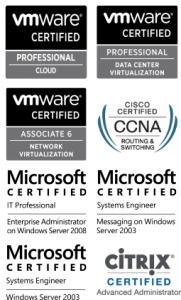Problem
You cannot login to SQL Server, and see the following error in the logs:
SSPI handshake failed with error code 0x80090308, state 14 while establishing a connection with integrated security; the connection has been closed. Reason: AcceptSecurityContext failed. The Windows error code indicates the cause of failure. [CLIENT: [IP ADDRESS]].
Solution
There can be several reasons for this error, so rather than listing them all, read the following useful links:
- http://support.microsoft.com/kb/811889
- http://support.microsoft.com/kb/247931/en-us
- http://social.msdn.microsoft.com/Forums/sv-SE/sqldatabaseengine/thread/778c25ae-243f-4655-9ae8-1d3ad2771037
- http://dusk1911.wordpress.com/2011/07/18/sql-2008r2-sspi-handshake-failed-with-error-code-0x8009030c/
--Show details of all connections select auth_scheme, * from sys.dm_exec_connections









